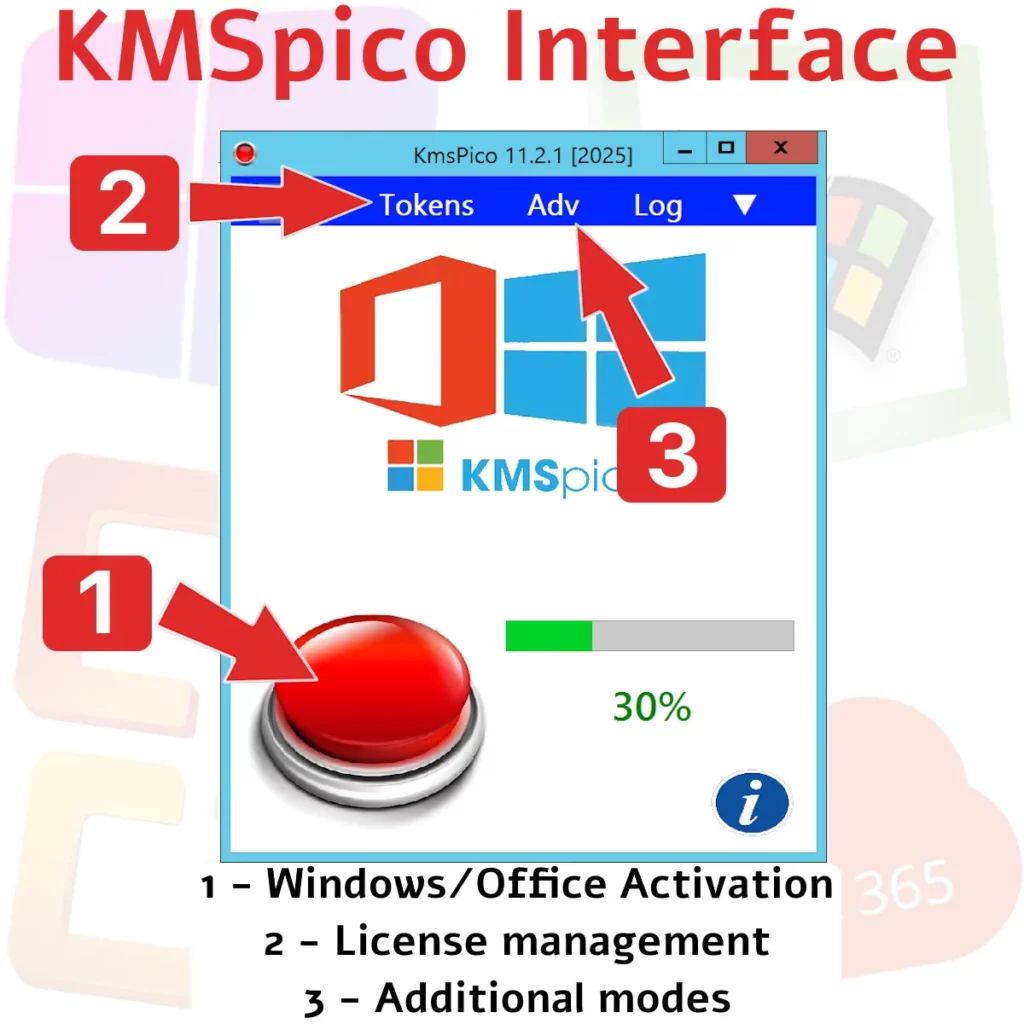Ensuring a seamless and efficient IT environment requires keen attention to software licensing. As an IT Systems Administrator, one of the common tasks is managing the licensing of operating systems, notably Windows 10. The process of how to activate Windows 10 can be straightforward or complex, depending on the organization’s size and infrastructure. This article explores key decisions that influence licensing success, focusing on activation methods and best practices.
Understanding the Need to Activate Windows 10
Activating your Windows 10 is crucial for accessing all features, security updates, and support. Without proper activation, users are limited in functionality and may face persistent reminders to address their license status. Understanding the different types of activation methods helps in choosing the best strategy for your organization. Additionally, unactivated systems may not receive critical security patches, leaving them vulnerable to threats.
KMS vs MAK: Choosing the Right Activation Method
In enterprise settings, two primary methods to activate Windows 10 are often employed: Key Management Service (KMS) and Multiple Activation Key (MAK). KMS is suitable for environments with more than 25 machines as it allows internal network activation. Conversely, MAK is better for smaller setups or specific machines needing individual licenses. The choice between KMS and MAK significantly impacts operational fluidity. Organizations must weigh factors like network size and infrastructure complexity before deciding.
The Role of Genuine Windows Licenses
Utilizing genuine Windows licenses ensures compliance with legal requirements and guarantees access to updates and support. Attempting shortcuts through unauthorized tools like kmspico portable or kms pico activator may seem appealing but pose significant security risks and legal issues. Such tools often introduce malware or compromise system integrity, leading to potential data breaches.
How to Activate Windows 10: Step-by-Step
The activation process involves specific steps that vary based on the approach chosen. This guide provides a general overview to ensure your systems maintain productivity while aligning with licensing policies. Following these steps carefully can prevent future disruptions related to licensing issues.
Activation via Product Key
One straightforward method to activate Windows 10 involves using a product key. From the Windows Settings, navigate to the Activation section, then enter your product key when prompted by the activation wizard. This method is reliable for standalone PCs or small groups of computers. It ensures each machine has a unique identifier linked directly to its operating system license.
KMS Activation Process
If using KMS, you need to set up a KMS host server first. This host manages activations within your network environment efficiently without requiring each machine to connect directly to Microsoft servers. Remember that at least 25 devices must be connected within 30 days for successful activation through KMS. Maintaining this minimum threshold ensures continuous compliance across all devices.
Troubleshooting Activation Issues
Sometimes users encounter difficulties during activation due to network configurations or incorrect product keys. Using diagnostic tools like SYSTEMINFO can help verify system information and troubleshoot further. Understanding common error codes associated with failed activations can also expedite resolution processes.
- Ensure all devices have internet access if using online activation.
- Double-check entered product keys for accuracy.
- Verify network connectivity if employing KMS services.
- Consult Microsoft support channels for persistent issues requiring advanced troubleshooting techniques.
The Importance of Regular Validation Checks
Regularly validating your systems’ license status prevents unexpected disruptions caused by failed activations or expired licenses. Integrating checks into routine maintenance cycles ensures compliance across all devices. These checks should be part of every IT department’s standard operating procedures.
Automation in License Validation
Implementing automated scripts can simplify validation checks, especially for large enterprises managing numerous installations. Utilize PowerShell scripts or existing enterprise management tools that provide license audits as part of their suite. Automation reduces human error rates and enhances overall efficiency significantly.
A Practical Lab Constraint Example
A practical scenario might involve running these validation checks on a virtual machine setup with constraints like VM 2 vCPU / 4 GB RAM, ensuring tests don’t impact production workloads while simulating real-world conditions. This approach allows IT teams to refine processes without risking live environments.
The Future Outlook of Windows Licensing
The landscape of software licensing continues evolving with new versions like activator office 2021 and windows activator solutions emerging frequently. Staying informed about these changes allows IT administrators to anticipate future needs and adjust strategies accordingly.
Evolving Licensing Models
Evolving from traditional product keys, many organizations now explore subscription-based models offering flexibility alongside traditional licenses—ideal for adapting to fluctuating workforce sizes or remote work trends. Subscription models can also provide cost benefits by spreading expenses over time rather than upfront payments.
The Integration Challenge
Migrating from outdated systems such as kms pico windows 7 activator tools requires careful planning—balancing old infrastructure compatibility while embracing modern approaches like cloud-based activations as seen with kmspico office 2019 solutions. Ensuring smooth transitions minimizes downtime during migration phases significantly.

The journey towards successfully activating Windows 10 doesn’t end at simply inputting a code or setting up a server; it’s about understanding broader implications on organizational operations and securing digital assets effectively against potential threats arising from improper licensing practices.
An activated system enables full use of features such as Cortana voice assistant, seamless integration with OneDrive cloud storage services, and access to exclusive applications available only on the Microsoft Store—enhancements that improve productivity across various departments.
Moreover, staying compliant safeguards organizations from legal consequences associated with software piracy—a crucial aspect in maintaining reputational integrity within highly competitive industries where trustworthiness is paramount.
A proactive stance on licensing management not only ensures technical compliance but also positions businesses strategically within their respective markets by leveraging technology advancements harmoniously aligned with corporate objectives.
The future beckons dynamic shifts in how software is acquired and utilized globally; thus keeping abreast of emerging trends becomes vital in crafting resilient IT strategies capable of weathering technological evolutions gracefully.
The essence lies in foresight—anticipating challenges before they manifest—and adaptability—embracing innovative solutions swiftly yet judiciously ensuring sustainable growth trajectories irrespective of external disruptions influencing industry landscapes periodically.
In conclusion, activating Windows 10 effectively forms the backbone of maintaining an efficient IT infrastructure. Selecting appropriate methods tailored to organizational needs ensures both compliance and operational efficiency are achieved seamlessly, preparing businesses well for technological advancements ahead. As technology evolves rapidly, staying proactive about licensing strategies becomes increasingly crucial for sustained success in modern digital landscapes.






